Impression of the GF500mm 5.6 Lens
A month of use...
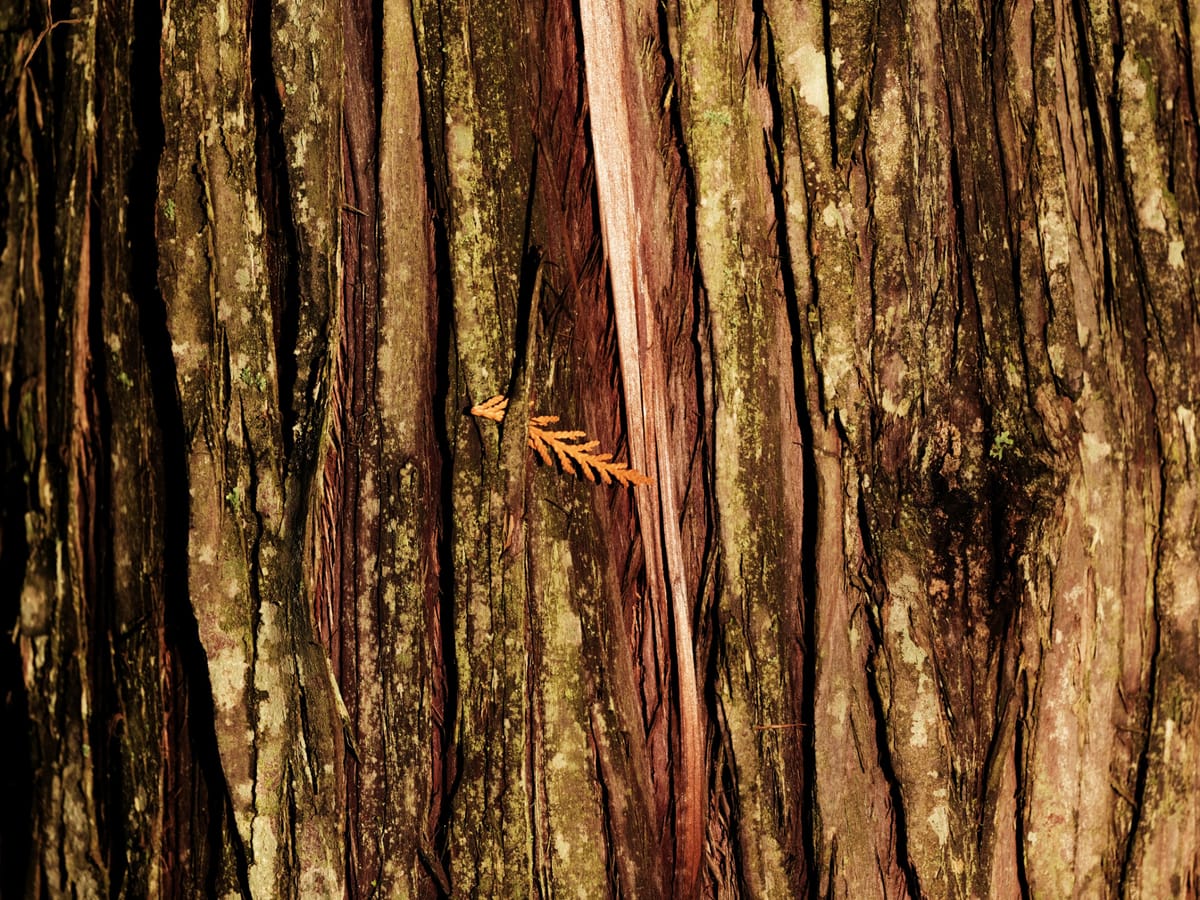
I don’t normally do equipment reviews but this is my impression. You may wish to skip past this post if nerdy talk makes your eyes glaze over.
I bought the GF500 f5.6 just after the start of the new year. It is the longest lens I have owned. When I was considering the lens there were two things that were important to me that I could not find much information on.
First is how well it works for landscapes. Most of the reviews were the obligatory YouTube reviews by popular channels that got the lens lent to them. They used the lens and all seemed to be based on the script or talking points. The size, the relatively lightweight, the features, image quality etc.
Because it is a long lens the reviews focused on its use for wildlife and bird photography. There were some sports like rock climbing and mountain biking as well. These videos all seemed to rate the lens as performing well at these tasks. I could find nobody using it for landscape photography which is what I do.
The other missing topic important to me was how it performed with the Fuji GFX 50s ii which is what I own. Since Fujifilm announced the GFX 100s ii body in the same time-frame it was clear they were keen to put them together. Indeed all the reviews were this combination with Fujifilm supplying both to the reviewers in many cases.
Naturally this is just good marketing to show off their premium lens on the premium platform. However the 50s ii while a great camera is a little long in the tooth at least sensor-wise. It is probably pushing ten-plus years old, though at 50 megapixels it rocks the resolution. The high ISO performance is not great and the autofocus is contrast only.
No bother… I guess I was forced to see for myself. Since I shoot mostly landscape the autofocus should not be much of a problem. Especially as I shoot adapted manual focus lenses generally anyway.
So I bought the beast and have been using it for almost a month now on the 50s ii body. I find it works really well.
Size and Weight
The lens is huge and heavy but I manage with it. The weight is noticeable and while I might normally carry the camera in-hand while hiking it just isn’t practical with either the weight or the length. The arm gets tired and the length makes it prone to crashing into the foliage while walking.
I use the Peak Design Capture clip system for my camera. I put the clip on the shoulder strap of my daypack and my Atlas Camera pack. (They do not sponsor me, I just buy their products and can recommend them.) It looks something like this…
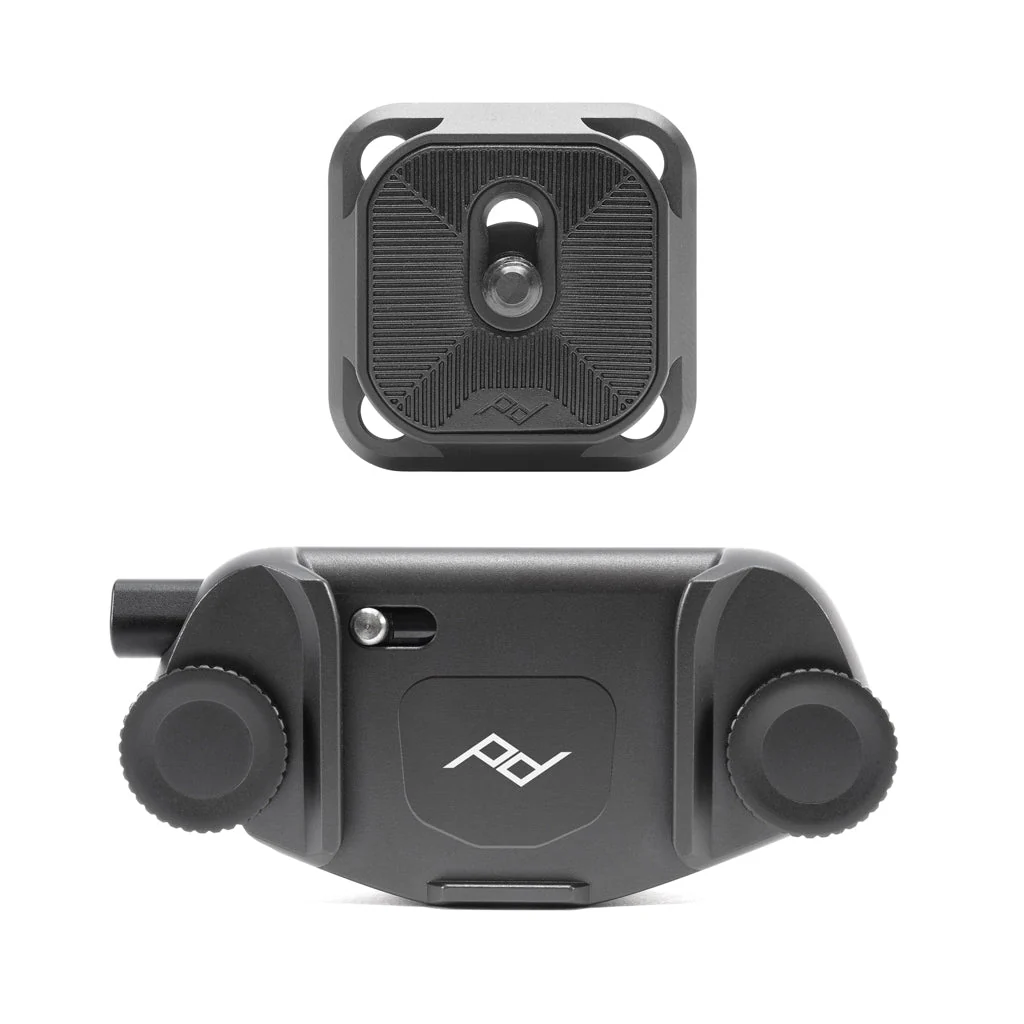
And on a pack it looks like this…
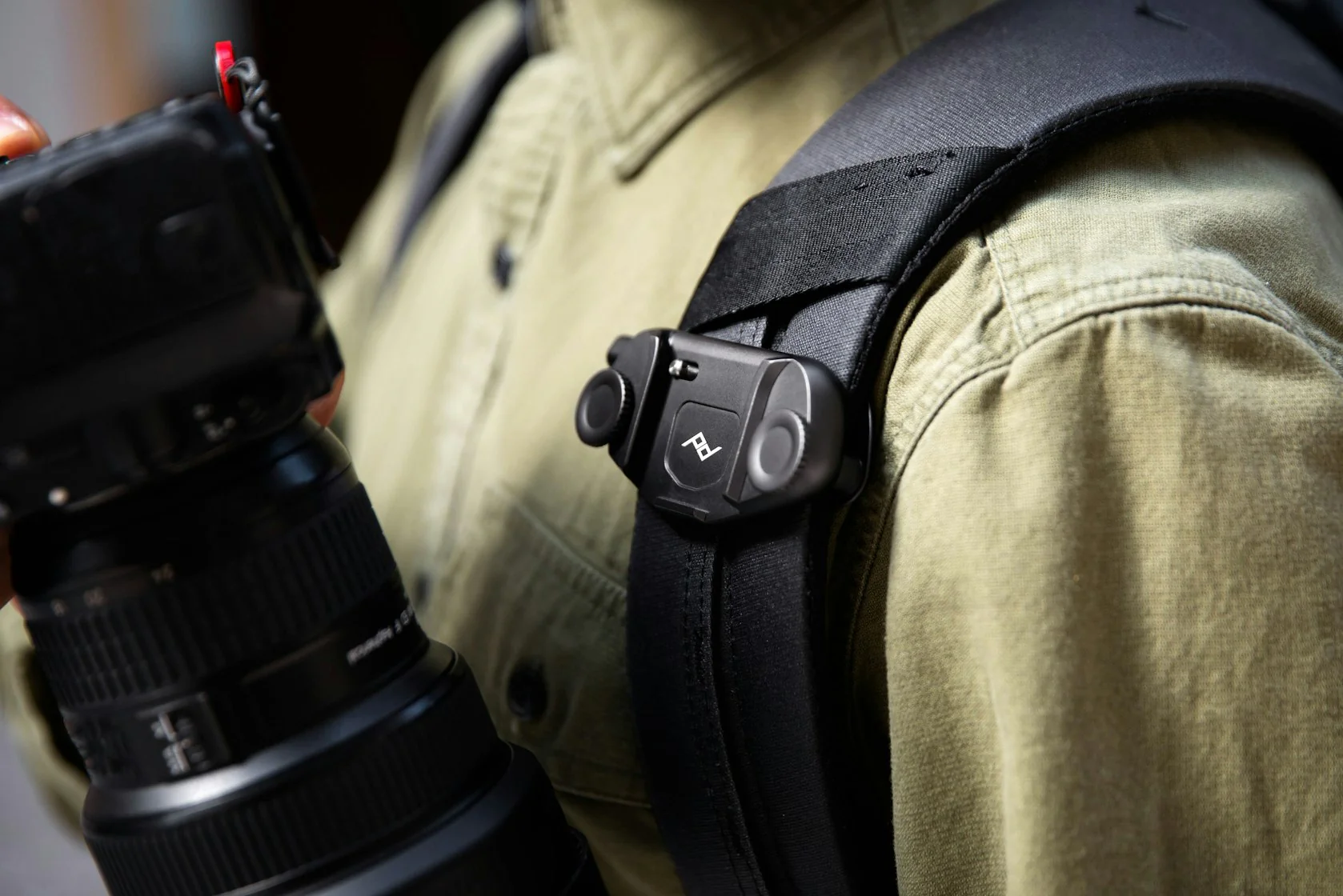
The camera and lens point down. I have a long body so I have no trouble hiking with it. It holds the camera and lens securely. With a hip belt and sternum strap the camera is comfortable. The weight is noticeable but comfortable.
The other area the weight creates concern is with a tripod. I often hike with a cheap K and F Concept tripod. I used to use it with my 4x5 camera and it was lightweight and quite serviceable. I found though with the weight of the lens the ball head could not cope. It just keeps sagging even if I use the tripod foot on the lens to mount the camera.
I ended up getting a Sirui 40x 54mm ball head. This has enough strength to deal with the lens. Because the K and F doesn’t allow head changes I moved back to my old Manfrotto tripod. (My old blog has a post on how weight compounds.) Thus weight leads to more weight. I have not used this new setup in anger as I tend to shoot handheld.
Handheld Work
For handheld work the weight can be a slight problem if the camera must be held in an awkward position for a long time. Waiting for the subject to move or perhaps a gust of wind to die down. Overall it has not been a problem for me. What I do find is that I don’t know where to hold the lens in my left hand.
I tend to shoot aperture priority. This lets me select either the wide-open setting or adjust if I have enough light. In bright light I shoot ISO 100 and under worse conditions cap the ISO at 800 or 1600 to keep the shutter speed up.
My hand tends to rest on the aperture or focus rings. Thus the aperture can change without me noticing. If I am manually focusing then I have to be careful of this changing. Fuji wants you to grip closer to the body (more unsupported weight at the end of the lens) or at the end near the lens hood which feels like my arm is too far forward.
Focusing
The 50s ii makes autofocus a bit of a challenge. I have to confess since I have most of my experience with manual focus I find autofocus is sometimes mysterious to me. There seem to be innumerable focus options all meant to overcome some shortcoming of autofocus systems. Primarily convincing the camera what you want to focus on.
I suppose that is why I like manual focus as I just focus on what I want. It seems autofocus often gets in the way. When it picks the right part of the subject it does a nice enough job.
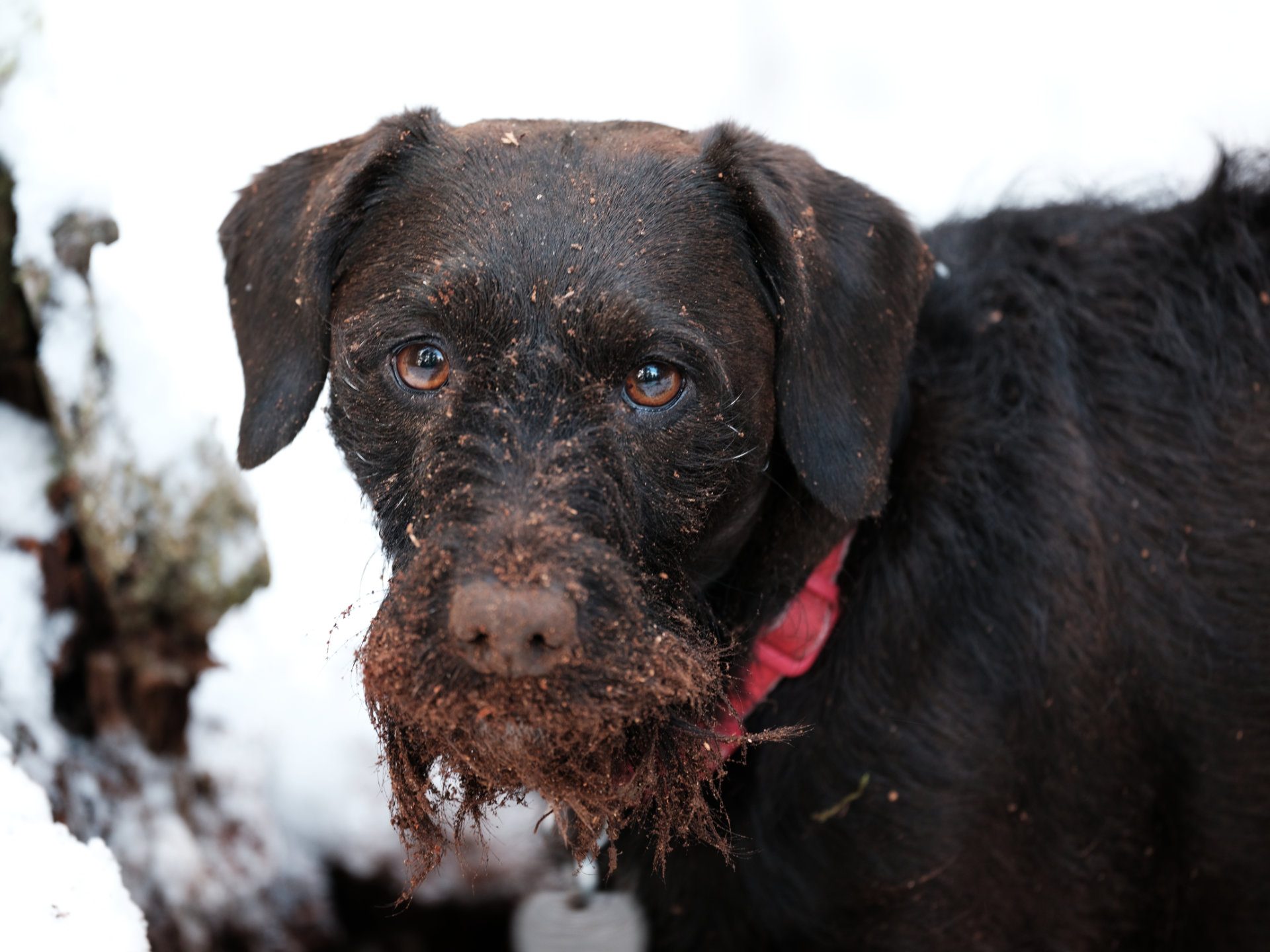
The GF500 can be manually focused, however it is not the same as my legacy lenses. Since the dial is ‘virtual’ in that it does not move any elements, you don’t always get the feeling you are changing the focus as it is not very responsive. Once you get the hang of it, it works well enough.
There are times the autofocus doesn’t quite seem to nail the focus. So it is worth chimping to be sure. I am not sure why this is. It may be a limitation of the contrast function. Or I may not understand what it is actually focusing on.
When shooting handheld I often find myself at f5.6 to get a decent shutter speed. The depth of field is poor and this may be part of the problem when autofocus seems to fail. You can see how quickly Mollie’s nose gets out of focus in the photo above.
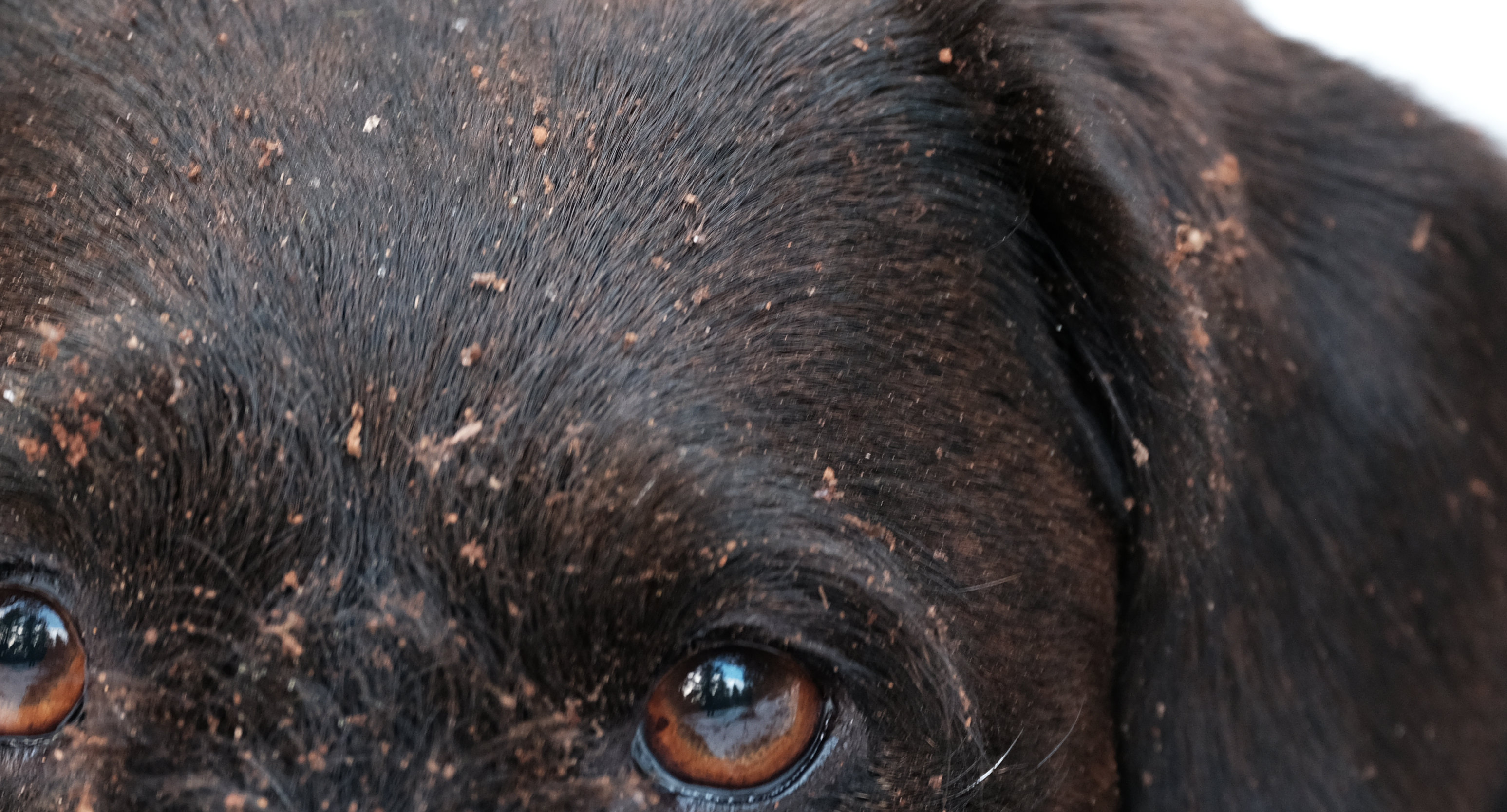
The OIS/IBIS works well to help with slower shutter speeds but once I get into less than about 1/15 sec it can be hit or miss. Here is a photo at f5.6 1/9 sec that looks reasonably sharp at full scale. At 500mm this slow a shutter speed is probably unreasonable. The rule of thumb prior to OIS/IBIS was one over the focal length. In this case 1/500 second. At five stops of IBIS then that would put a lower limit of 1/15th of a second.
Below is a reasonable looking photograph, but…
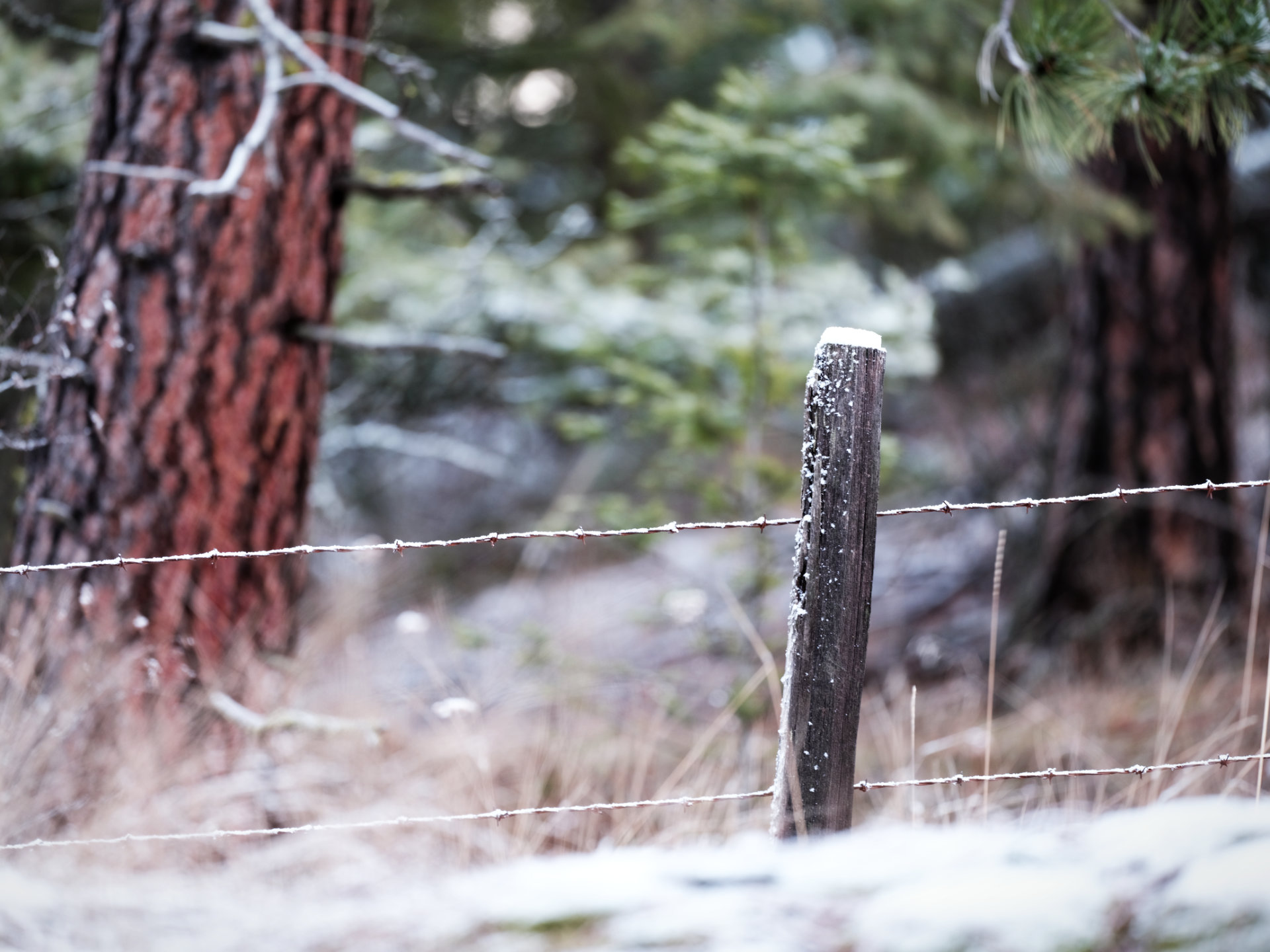
But when viewed at 100% crop shows slight motion blur. (Click for full image.)
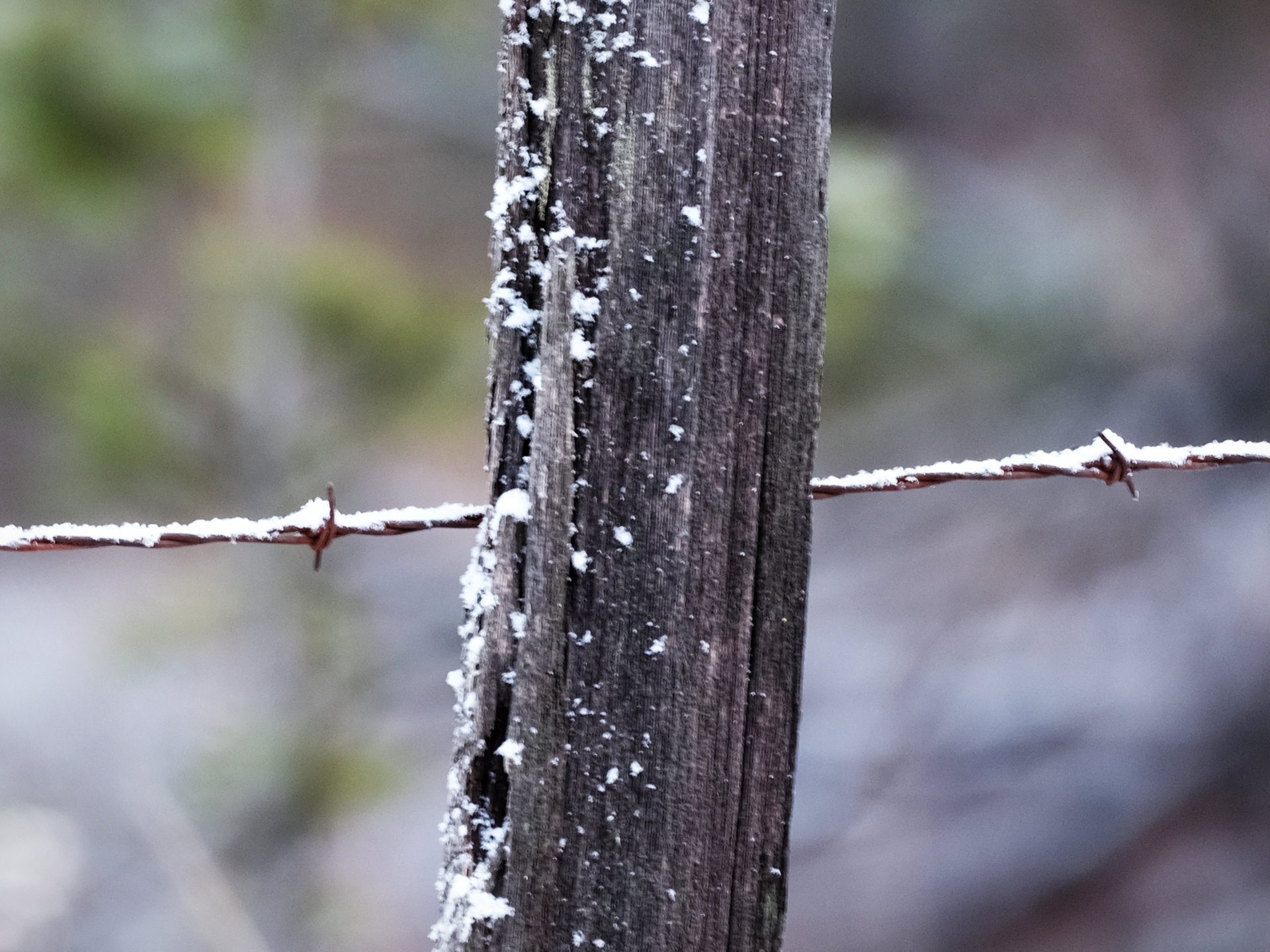
Again chimping required.
Finally this is not a good wildlife lens/camera combination. (I have zero experience with wildlife photography. I am sure there are many things to learn to get better at it.)
The lens does have a mode to restrict the focus to five meters to infinity to make it a little snappier at autofocus. You can also lock the focus to a fixed distance which can be useful if your subject is fixed and you are waiting for a head turn.
The lens is fine and 50 megapixels is enough to crop in for a better result. But the autofocus is just too slow for a moving subject. Finding and locking on a flying bird is just beyond it. A perched eagle perhaps but even this one it took several attempts to get out one well-focused image.
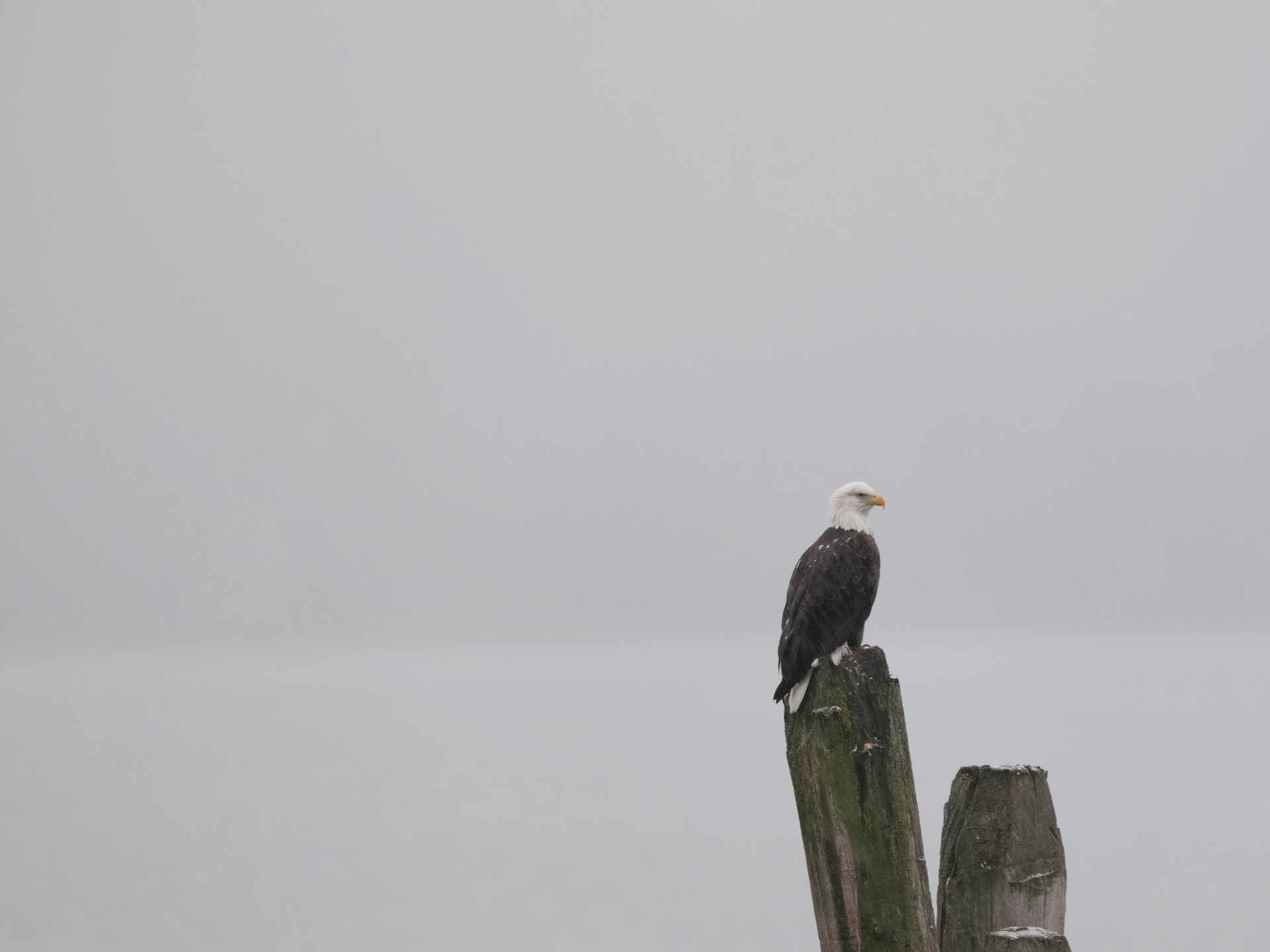
Closeup
For intimate landscapes the impressive spec is the short focus distance of about ten feet. This is a remarkably useful distance. Below are a few examples.

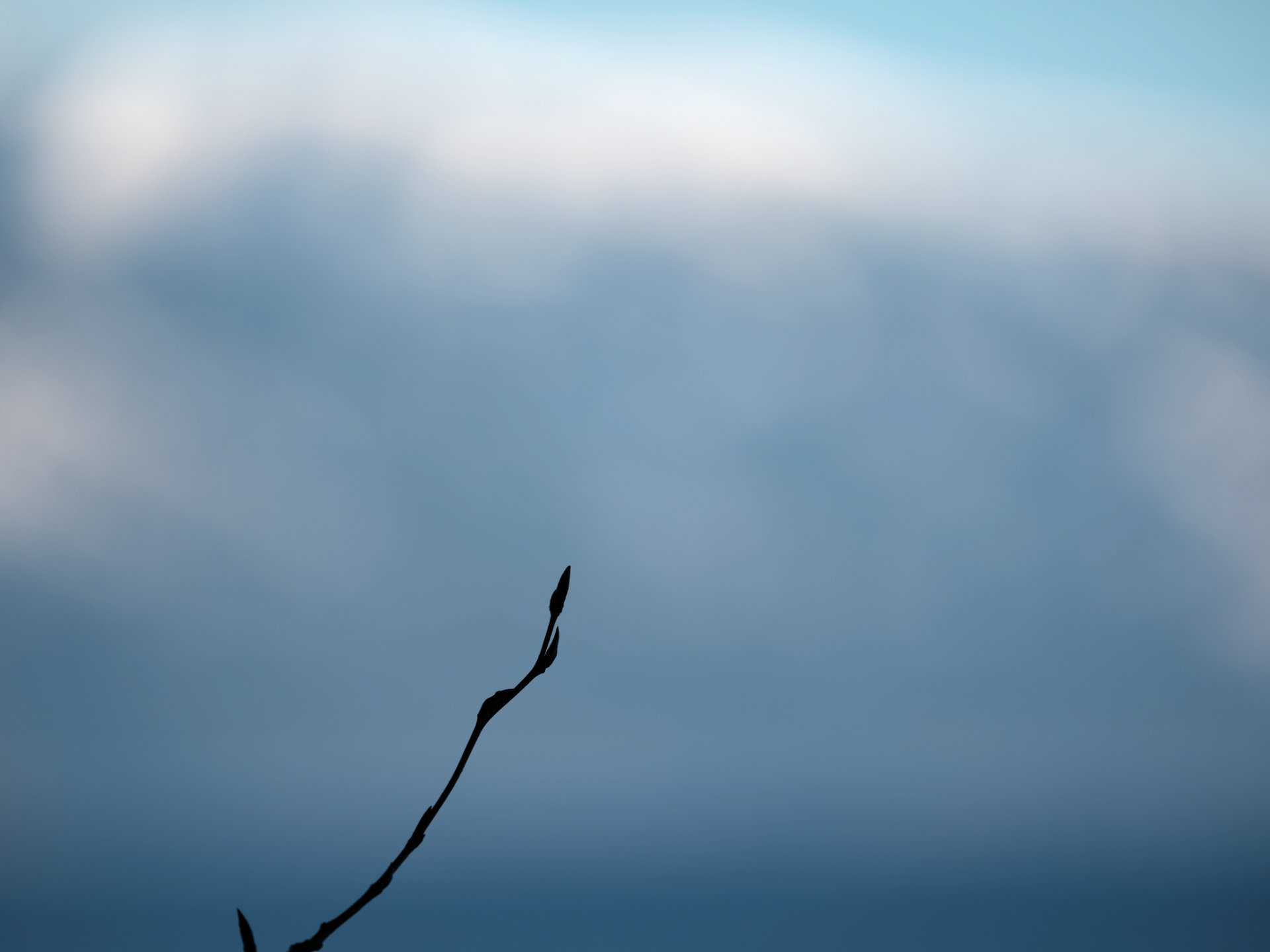
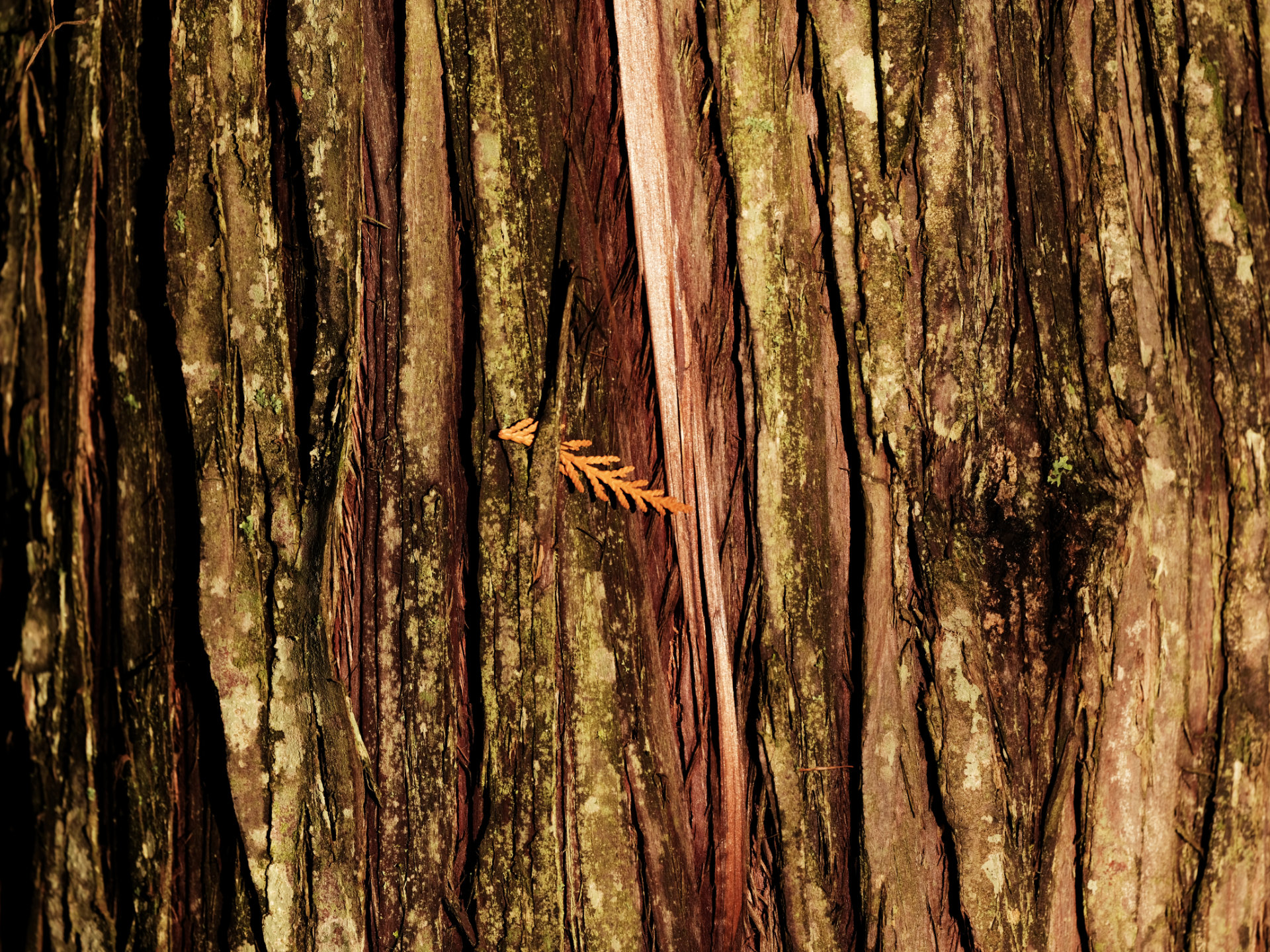
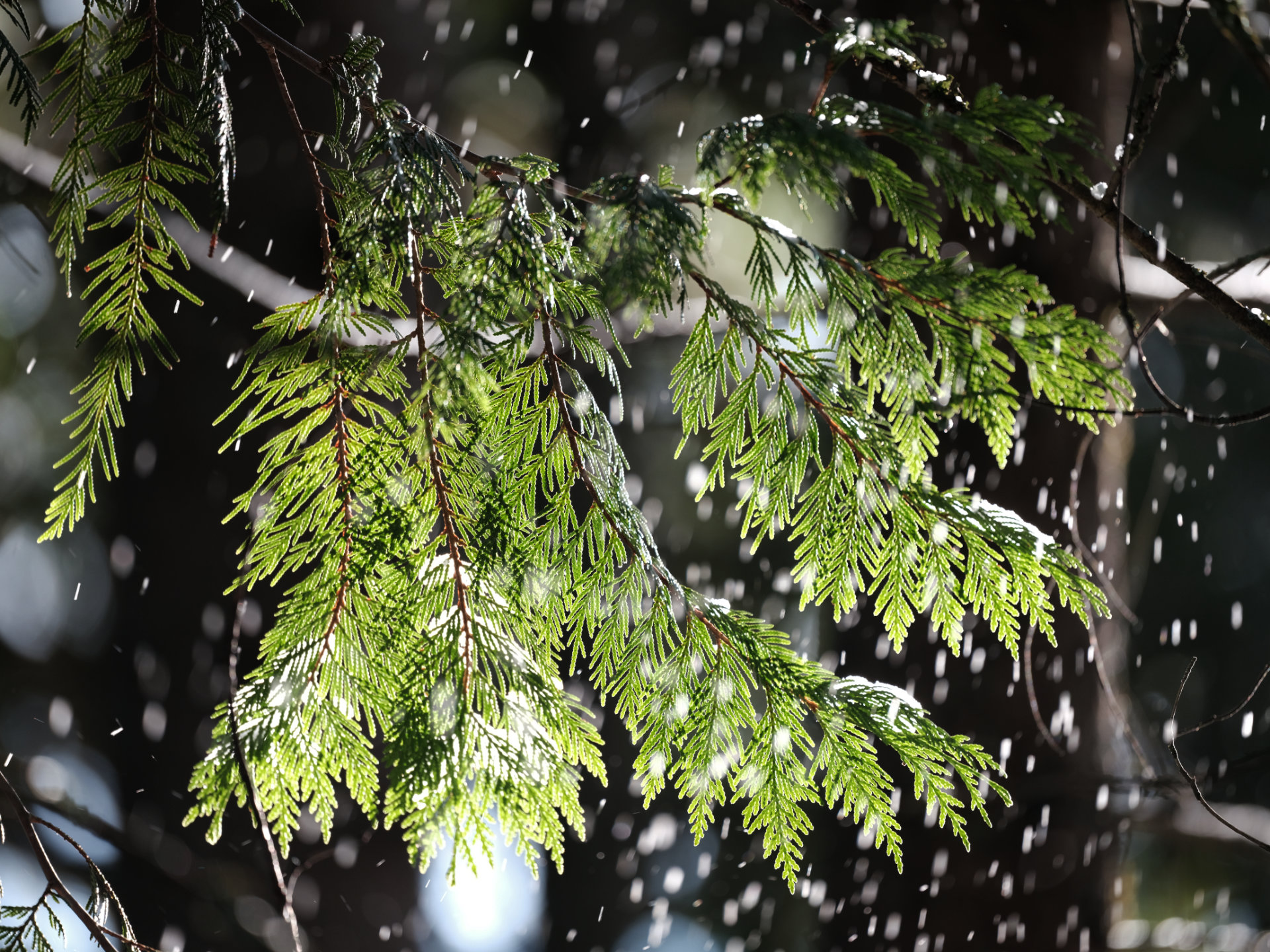
Final Thoughts
I am very happy with the lens. It is very expensive though. It has met or exceeded my expectations. I have to warn any GFX 50s ii or earlier users that it did cause me to run out and buy the GFX 100s ii. That makes it extremely expensive. I could have been happy with the 50s ii as well but this is what I spend my time on and hence my money.
I can certainly see why bird and wildlife photographers might prefer either a full frame or a Fuji XT platform. The long lenses are smaller, lighter, and it seems even with 500mm focal length one is probably cropping anyway so why not start with a cropped sensor and save cost and weight.


